
Green Hydrogen – Water Electrolysis for a greener future
Hydrogen (H2), alongside renewables and natural gas, could play a key role in the energy transition by fostering the decarbonization of industries, with the versatility to provide mobility, power systems, heat and industrial services. Substituting polluting fossil fuels with hydrogen — which emits water only when burned – could significantly reduce greenhouse gas emissions and stave off climate change.
Although hydrogen is a very low-carbon energy, it does not exist naturally on earth and is mainly produced from a range of more or less environmentally friendly chemical sources and processes. There are commonly three types of hydrogen: grey, blue and green.
- Grey hydrogen is produced by chemical reactions – steam methane reforming and coal gasification – and by the use of carbon-intensive fossil fuels (natural gas, oil and coal).
- Blue hydrogen is produced the same way as grey hydrogen, but the main difference is that it has a lower carbon footprint. This is because hydrogen uses carbon capture technologies that prevent the release of CO2 and allow the captured carbon to be stored and reused in industrial processes. Blue hydrogen is more expensive than grey hydrogen.
- Green hydrogen is produced by the electrolysis of water, which uses an electric current to break apart water molecules (H2O) into hydrogen (H2) and oxygen (O2). If the electrolysis is realized using renewable electricity (solar PV or offshore wind turbines), the resulting hydrogen is the cleanest variety, producing zero carbon emissions.
The global hydrogen production is dominated by grey hydrogen: according to the International Energy Agency (IEA), 96% of the hydrogen manufactured in the world is “grey”, while less than 0.1% is produced by water electrolysis. This is mainly due to the lower price of grey hydrogen production compared to blue and green hydrogen. The IEA estimates the price of grey hydrogen at around €1.50 per kilo – the main cause being the price of fossil fuels – and between €3.50 and €5 per kilo for green hydrogen. The three most critical factors for the high cost of green hydrogen are 1) the limited and costly capacity of electrolysis at the moment, 2) the high price of green electricity used in the electrolysis process and 3) the costs for safe and clean transportation.
The widespread adoption of green hydrogen remains extremely slow, but the future of clean H2 could be bright. Major players are taking action to stimulate R&D around green hydrogen production, transportation and industrial applications. The European Commission, for instance, strongly believes in the prospective use of green hydrogen to decarbonize heavy industries and transportation, as demonstrated by the adoption of the European Green Deal in January 2020 to support innovation in clean hydrogen and low-carbon resources. The Covid-19 crisis has introduced a new impetus: France and Germany plan to collaborate and invest €7bn and €9bn respectively in green hydrogen R&D projects. Large corporate companies, including Shell, Airbus and Chevron, are also seizing the opportunity to invest in clean hydrogen technologies and applications.
The market is still extremely young, and there is still room for progress. Startups are positioning themselves either in the improvement of hydrogen storage, transportation and distribution, or in the development of new applications (fuel cells for vehicles, industrial use cases), or in the development of new alternatives for H2 production and electrolysis methods (such as alkaline, Polymer electrolyte membrane (PEM) or solid oxide electrolysis).
2 Key Figures
645 hydrogen fuel startups
in the world, according to Startup Insights
Market size expected to reach $2.28bn by 2027
According to PRNewswire, the global green hydrogen market size was valued at $787 million in 2019 and is expected to reach $2.28bn by 2027.
3 startups to draw inspiration from
This week, we identified three startups that we can draw inspiration from: Enapter, Hyon and PowerUP Energy Technologies.

Enapter
Based in Germany, Enapter makes highly efficient green hydrogen generators with scalable electrolysers (Anion Exchange Membrane) to replace fossil fuels.
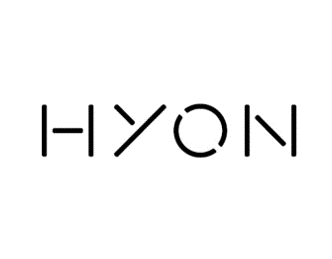
Hyon
Hyon is a Sweden-based startup that develops and delivers turn-key solutions for the complete hydrogen value chain, from production to utilization, for the maritime sector.
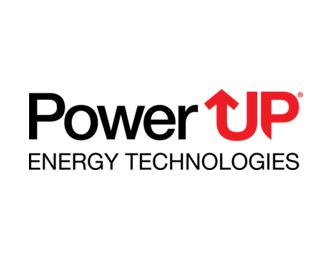
PowerUp Technologies
PowerUP is a US startup that provides clean and portable energy by delivering a hydrogen fuel cell backup generator solution, which can be used for various use cases in transportation.
123Fab #13
1 topic, 2 key figures, 3 startups to draw inspiration from

Is Hydrogen the fuel of the future?
Electromobility is a crucial topic these days, resulting from the need to tackle climate change and Battery Electric Vehicles (BEV) are receiving a lot of attention, boosted by the rise of Tesla and Elon Musk’s popularity. But the adoption of BEV is limited by battery technologies: uncertainty about battery life and charging times, the imbalance of electric grids and the shortage of raw materials — such as lithium which is a scarce material – are challenging the rise of BEV.
Another type of Electric Vehicle is catching up, using compressed hydrogen gas to generate electricity and power electric motors, called Fuel Cell Electric Vehicles (FCEV). The key difference with Battery Electric Vehicles is that FCEV are not powered by a battery that needs to be charged from an external power source. Indeed, hydrogen vehicles can produce their own electric power by filling up the fuel cell with hydrogen. Then occurs a chemical process of reverse electrolysis: the reaction of hydrogen with oxygen produces electrical energy, water and heat – which also means that FCEV do not generate any greenhouse gas emissions. Once converted into electricity, the energy can either be used to power the vehicle or be stored and used when needed.
Hydrogen fuel cell technology brings a new perspective in the development of electromobility. While Battery Electric Vehicles take several hours to charge, hydrogen vehicles take only a few minutes, which makes them highly operational and avoids breaking users’ driving habits. However, this technology also brings a new set of challenges:
- Hydrogen is flammable and an uncontrolled hydrogen reaction with air oxygen can cause an explosion
- Hydrogen (H2) is a particularly small molecule that makes metals brittle and is therefore likely to leak from polymer tanks, which means that new composite materials have to be created to make tanks safe
- Hydrogen is a low energy fuel, meaning that a large quantity is needed to power the vehicle. For this reason, the gas has to be compressed and stored in heavy and cumbersome high-pressure tanks
Some large companies and startups are developing new materials and fuel cell technologies to make FCEV safer, but there are also some players positioning themselves on the hydrogen technologies and services market.
Even though the technologies are yet to be improved, hydrogen appears to be a groundbreaking alternative power source for vehicles, with many noticeable benefits such as reduced noise and air pollution during charging. However, the development and adoption of hydrogen vehicles remain very slow due to the lack of existing refueling infrastructure: at the end of 2019, there were only 432 hydrogen refueling stations worldwide, of which 330 were open for public vehicle filing according to Fuel Cell Works. Consequently, the FCEV demand and production remains very low and the production is not yet to be industrialized, which is why the market prices of FCEV are still very high (around $80,000 according to BMW).
Given the positive impact on the environment and the charging-time benefits compared to BEV, the hydrogen vehicle market could grow significantly in the next decades, especially for large transport systems (trucks, buses, trains and air transportation). Major companies in the automotive and transportation space, as well as hydrogen producers, have invested heavily and joined forces to develop hydrogen-related technologies and democratize hydrogen as the next generation of fuel.
2 Key Figures
70 fuel cell startups
are focusing on developing solutions for the Industry and Mobility sectors.
Market size expected to reach $42bn by 2026
According to Allied Market Research, the global hydrogen fuel cell vehicle market was valued at $652 million in 2018 and is expected to reach $42 billion by 2026.
3 startups to draw inspiration from
This week, we identified three startups that we can draw inspiration from: HyPoint, Ergosup and HySiLabs.

HyPoint
HyPoint is a US-based startup developing the next generation of zero-emission and fuel-efficient hydrogen fuel cells for the aerospace industry and urban air transportation market.
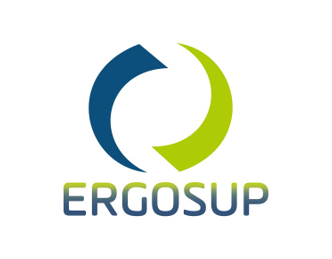
Ergosup
Based in France, Ergosup is developing an innovative process for the on-site production of high pressure hydrogen for the refueling of hydrogen-powered vehicles.
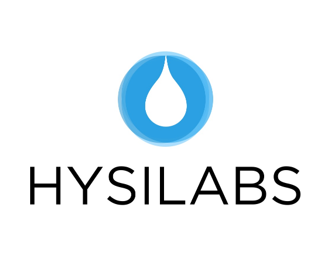
HySiLabs
HySiLabs is a French startup delivering a unique solution to facilitate hydrogen transportation, storage and delivery for the industry and mobility sectors.
123Fab #11
1 topic, 2 key figures, 3 startups to draw inspiration from
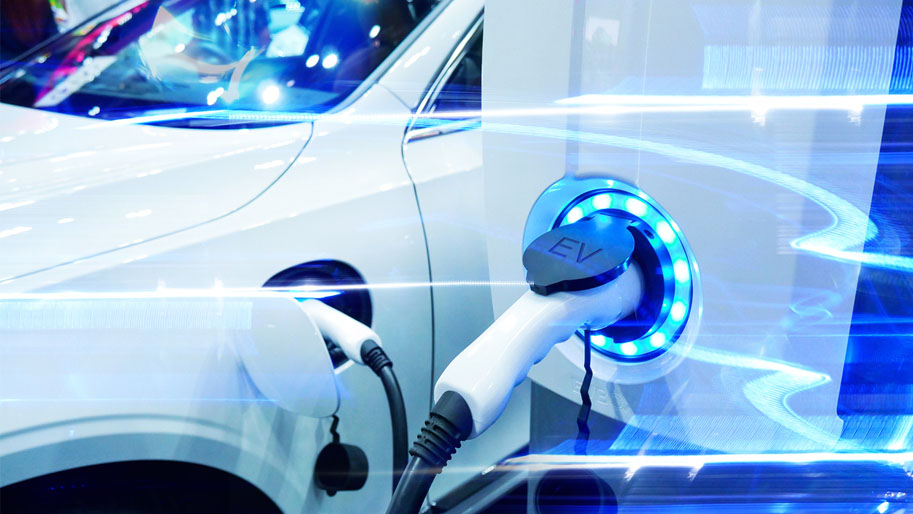
How can battery innovation power the rise of electromobility?
The need to tackle global warming and improve air quality has led to an exponential increase in the use of Electric Vehicles (EV). Electromobility has been a crucial topic for governments and automotive manufacturers, and regulation incentives have contributed to accelerate the transition to EV. According to Forbes, there were 7.2 million electric cars on the road worldwide in 2019, up from 17,000 in 2010. The growing EV adoption implies an increase in EV production, which translates into an increase in battery production.
However, the growing number of EV and batteries being produced brings with it a new set of challenges: uncertainty about battery range and charging times, electric grid imbalance and a shortage of raw materials, especially lithium, which is the scarce material used in battery production.
Consequently, battery innovation is crucial to disrupt electromobility and battery startups and manufacturers are working to improve the performance, durability, optimisation and recycling of batteries.
- Lithium-ion technology dominates electromobility use cases, and will dominate for at least the next 20 years, but alternatives are being developed such as sodium-ion, lithium-sulfur or lithium-air. These alternatives allow to either replace lithium, generate higher capacity and longer lifetime or create safer batteries. Innovation is also underway in the structure of batteries, from cell structure to modules and packs, allowing to save space, optimize charging time and control the temperature.
- EV Li-ion batteries need to be cooled because excessive temperatures can cause capacity degradation, thermal runaway or fire explosion. Some startups and Original Equipment Manufacturers (OEM) are focusing on developing Thermal Management Systems (TMS) to cool them.
- Startups and corporates are also testing and offering software and analytical solutions that have a signficant impact on the battery lifecycle by improving its development, optimizing its operations and solving reinsurance issues.
- Finally, startups and OEM are exploring three emerging business models:
- Battery leasing, which is discontinued by OEM as battery prices fall;
- Battery swapping, which is mainly used by micromobility operators;
- Battery recycling, which allows old EV batteries to be reused for stationary storage.
In conclusion, battery innovation is evolving very rapidly, both in terms of technologies and business models and is making a major contribution to the rise of electromobility by making EV more efficient and resilient. The market is still young and needs more structure, as a large number of corporates and startups are positioning themselves on the battery value chain. In particular, OEMs have developed Open Innovation strategies through M&A or strategic investments to acquire upstream battery competences and technologies. It is hoped that the Covid-19 pandemic will accelerate research and investment in this sector to ensure a rapid and effective transition to electric vehicles.
2 Key Figures
Battery storage startups raised $1.7bn in 2019
According to Business Insider, battery storage startups raised $1.7bn in 2019 of which $1.4bn were raised by Li-ion battery startups.
Market size expected to reach $84bn by 2025
According to PR Newswire, the global Electric Vehicle battery market size was valued at $23bn in 2017 and is expected to reach $84bn by 2025.
3 startups to draw inspiration from
This week, we identified three startups that we can draw inspiration from: Tiamat, Feasible and Relectrify.

Tiamat
Tiamat is a French startup that designs, develops, and manufactures sodium-ion batteries for mobility and stationary storage.

Feasible
Based in the US, Feasible develops the EchoStat Platform, which delivers unique real-time insights on the battery, by using ultrasounds to detect physical properties of batteries.
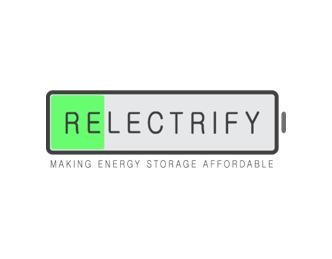
Relectrify
Relectrify is an Australia-based startup making energy storage affordable by unlocking full performance from battery cells in order to increase battery cycle life.
